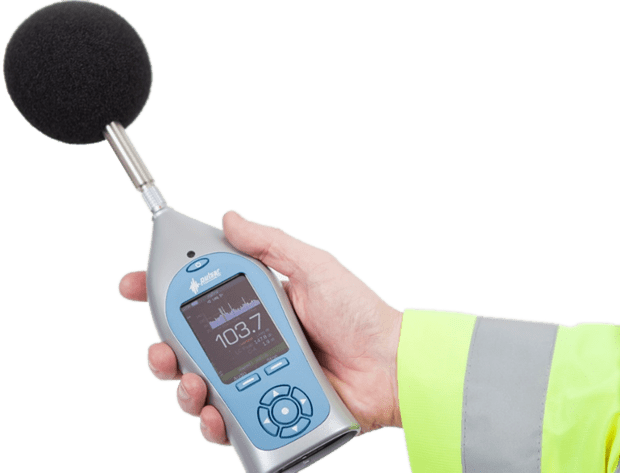Acoustical Modeling
Acoustical modeling is the process of using mathematical and computational methods to simulate the propagation of sound waves in a given environment. This involves creating a virtual model of the space and predicting the behavior of sound waves as they interact with surfaces, objects, and other acoustic features in the environment. One application of acoustical modeling is generating noise contours.
Noise contours are graphical representations of noise levels in an environment. They are generated by using acoustical modeling to predict the levels of noise that will be present at various locations around a noise source, such as a highway, airport, or industrial facility. The resulting contours are then plotted on a map to give a visual representation of the extent of noise pollution in the area.
Generating noise contours involves several steps. The first step is to define the noise source and the environment in which it operates. This involves gathering data on the source, such as its power output and the type of noise it produces, as well as information on the surrounding environment, such as the topography, weather conditions, and the location of buildings and other structures.
Once the noise source and environment have been defined, acoustical modeling is used to predict the behavior of sound waves as they propagate through the environment. This involves using mathematical algorithms and equations to simulate the reflection, refraction, and absorption of sound waves as they interact with surfaces, objects, and other acoustic features in the environment.
The resulting noise levels are then calculated at various locations around the noise source, typically in the form of a grid. These levels are then used to generate noise contours, which are lines that connect points of equal noise level. The contours are usually drawn at intervals of 5 or 10 decibels, with higher contours indicating areas of higher noise levels.
Noise contours are useful for a variety of purposes, including:
-
Environmental Impact Assessments – Noise contours are often used in environmental impact assessments to evaluate the potential impact of a new or existing noise source on the surrounding environment. This can help to identify areas where noise levels may exceed acceptable limits and guide the development of mitigation measures.
-
Urban Planning – Noise contours can be used in urban planning to identify areas that may be impacted by noise pollution and guide the development of noise control measures, such as the placement of sound barriers or the use of sound-absorbing materials in buildings.
-
Aviation – In the aviation industry, noise contours are commonly used to evaluate the impact of aircraft noise on the surrounding community. This information can be used to guide the development of flight paths and other operational procedures to minimize noise impacts.
-
Industrial Noise – Noise contours can also be used to evaluate the impact of industrial noise on the surrounding community. This information can be used to guide the placement of noise barriers and other mitigation measures to reduce the impact of the noise on nearby residents.
In conclusion, acoustical modeling and generating noise contours are important tools for evaluating the impact of noise pollution on the surrounding environment. Acoustical modeling involves the use of mathematical and computational methods to predict the behavior of sound waves in a given environment, while generating noise contours involves using the resulting noise levels to create a visual representation of noise pollution in the area. Noise contours have a variety of applications, including environmental impact assessments, urban planning, aviation, and industrial noise. As technology continues to advance, acoustical modeling and noise contour generation will continue to play an important role in the management of noise pollution.

